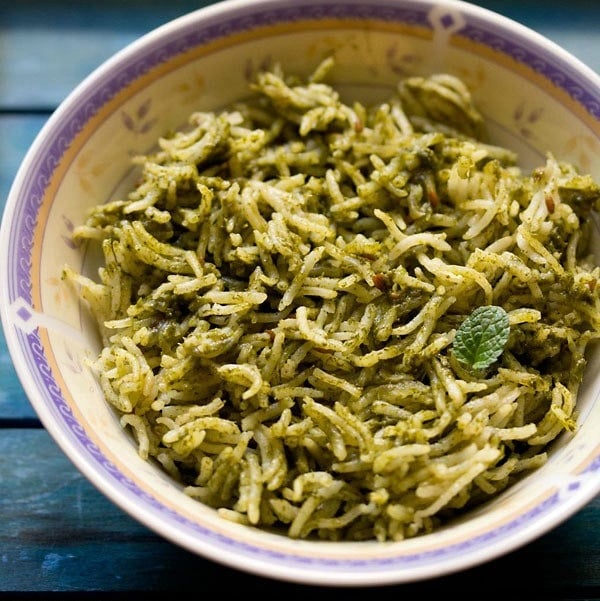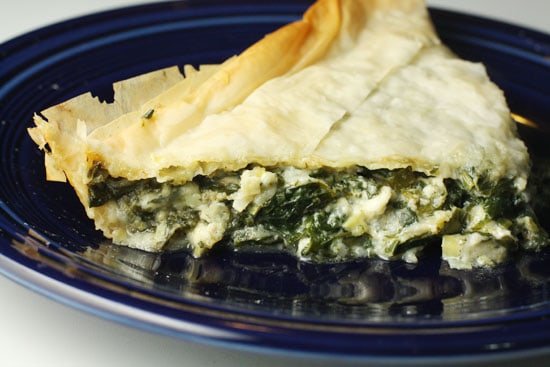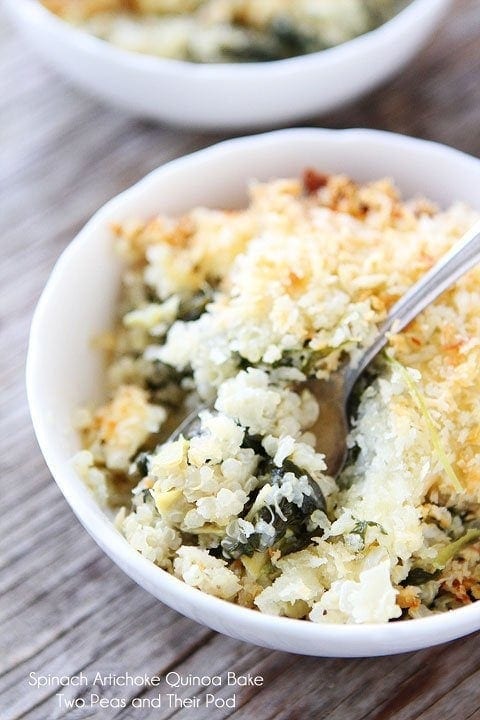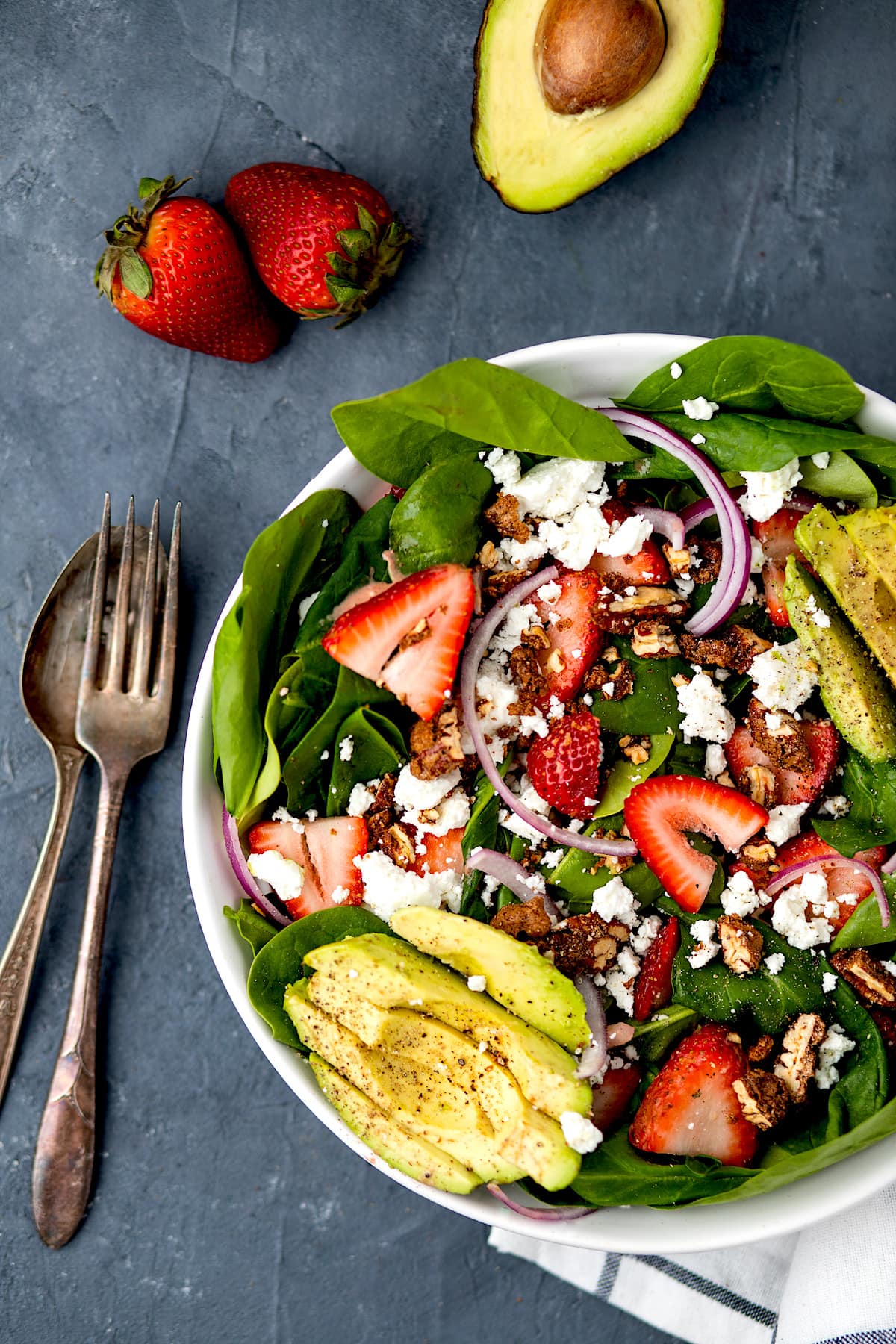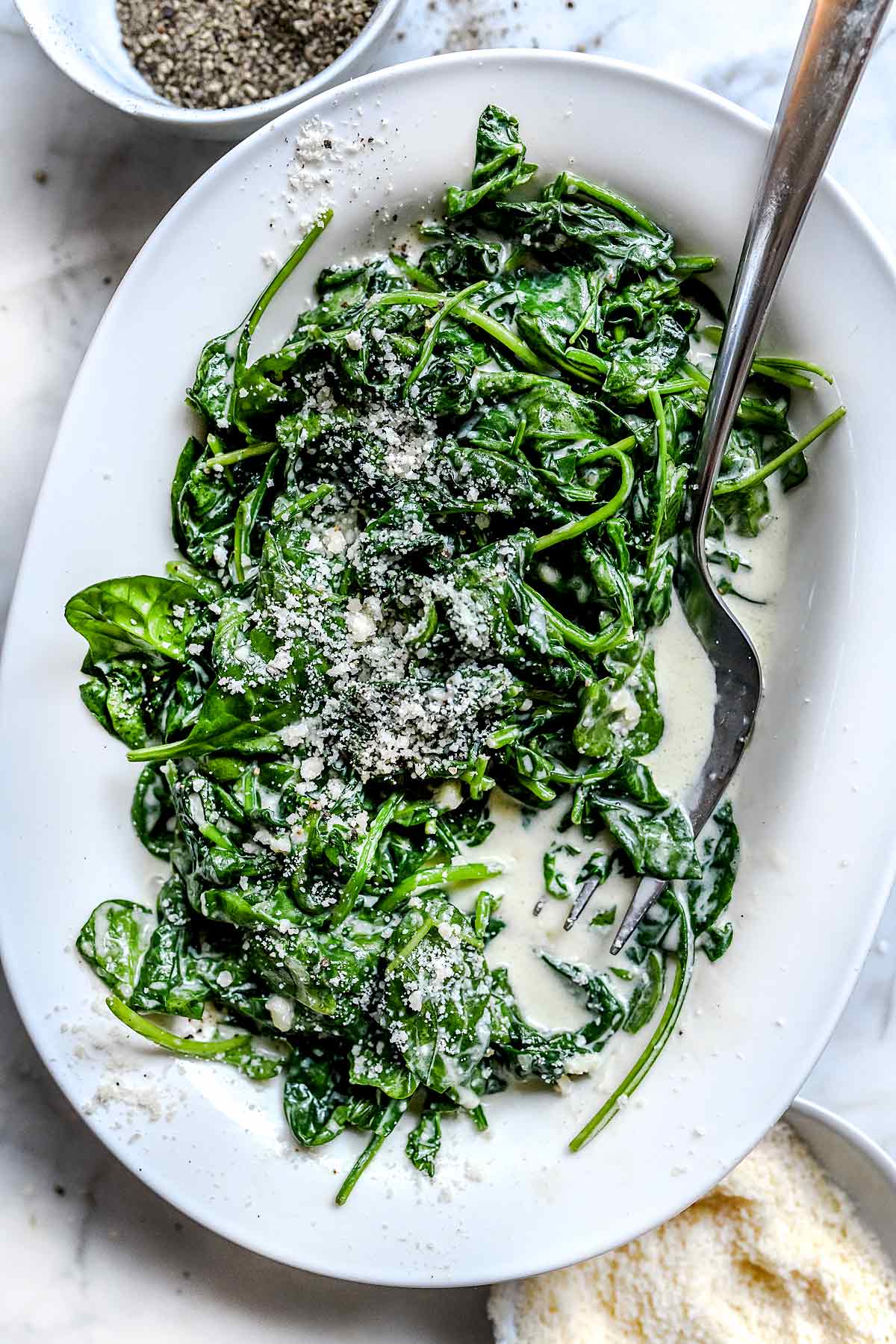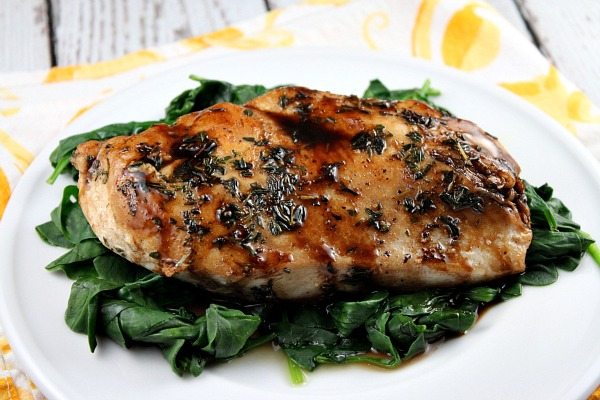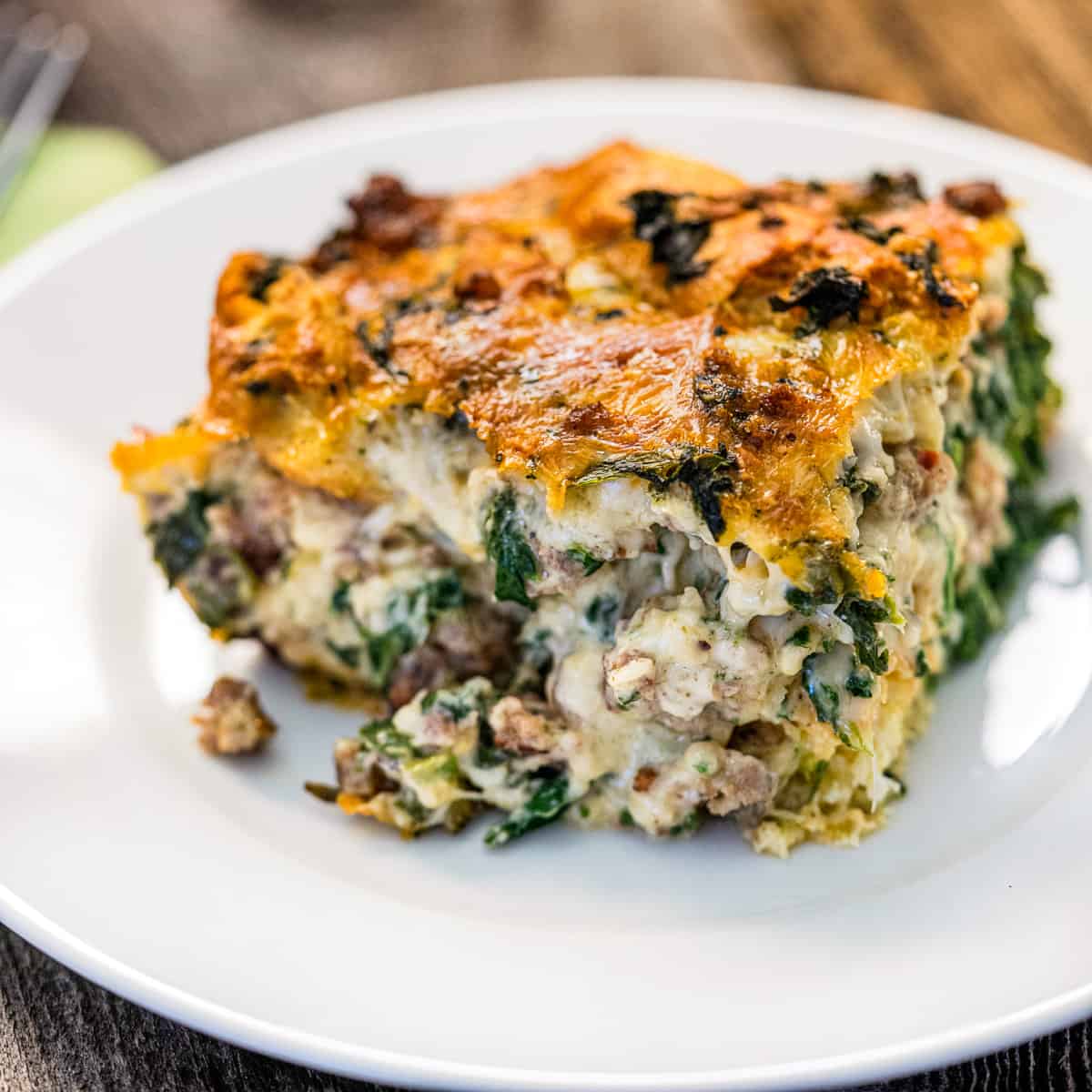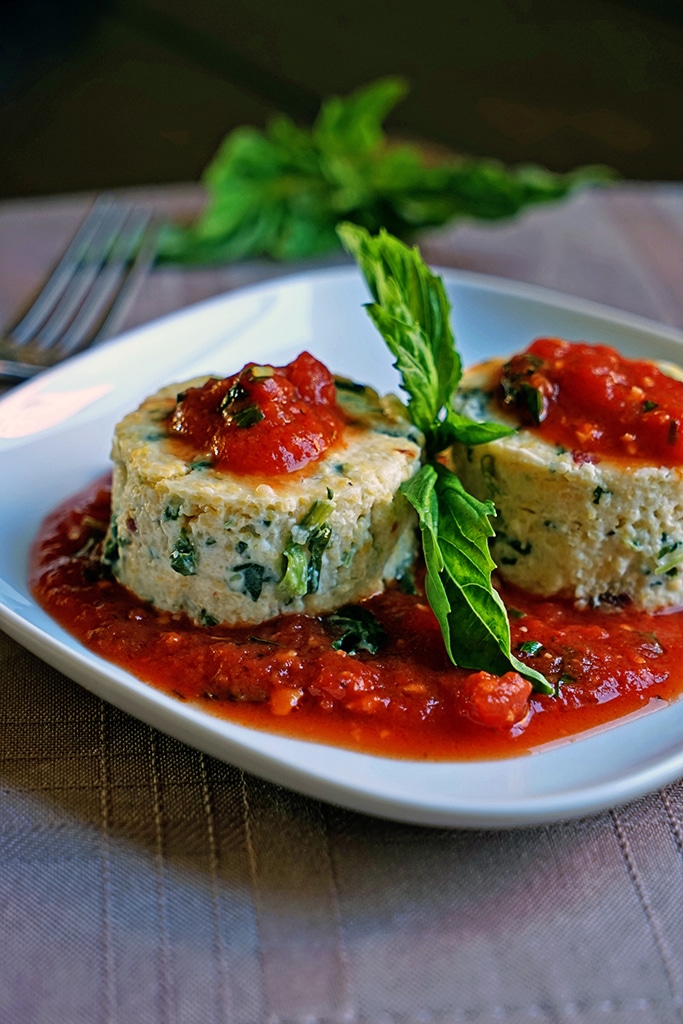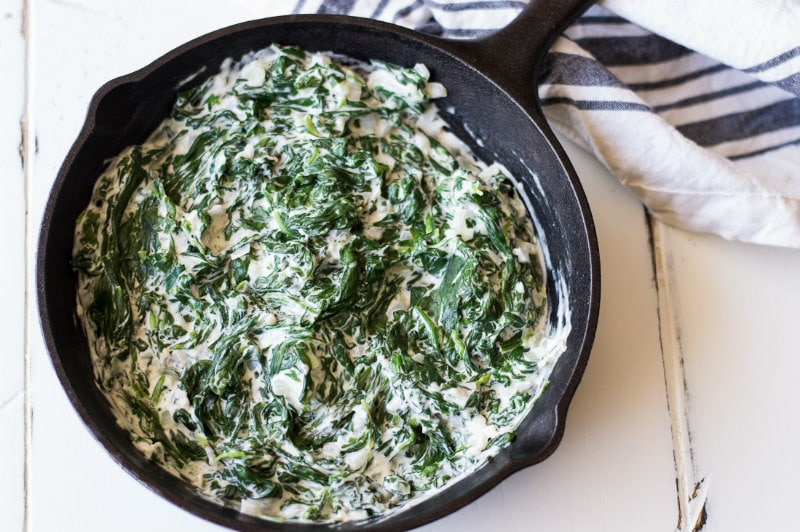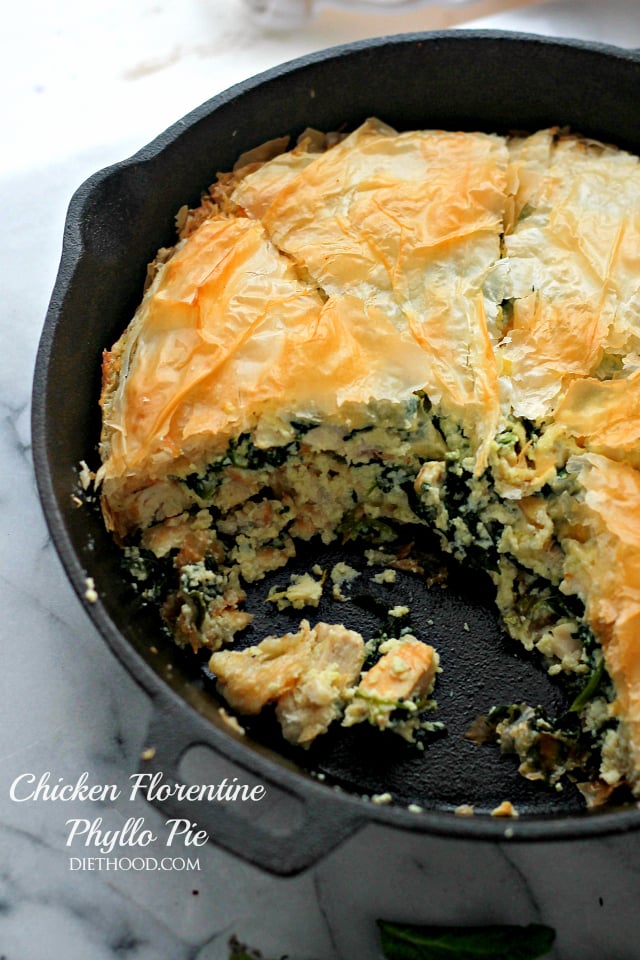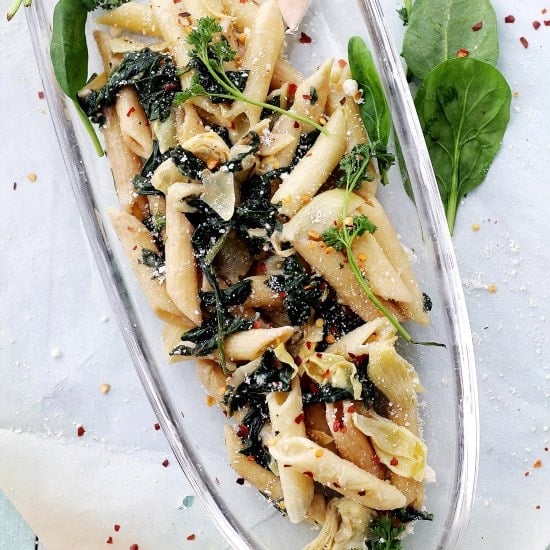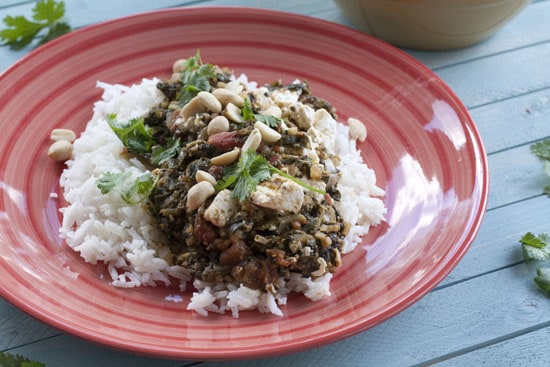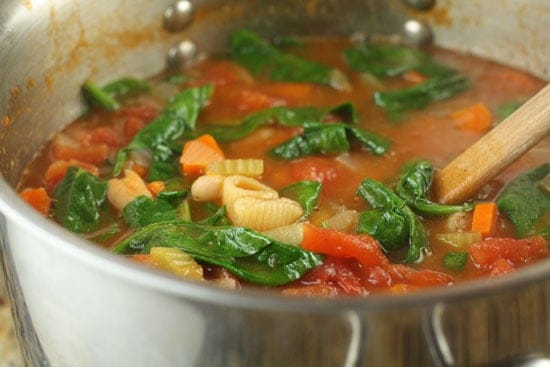Spinach: Important Facts, Health Benefits, and Recipes
Explore the health benefits of spinach, its nutritional information, and various cuisines that include this leafy green, along with storage tips and potential side effects.
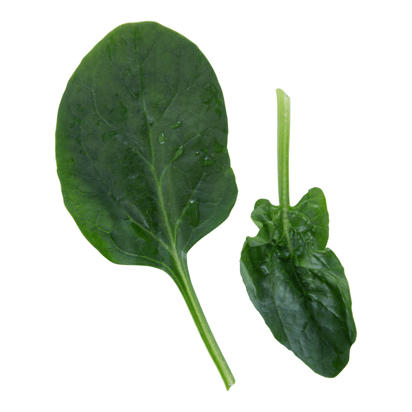
Best Spinach Recipes
-
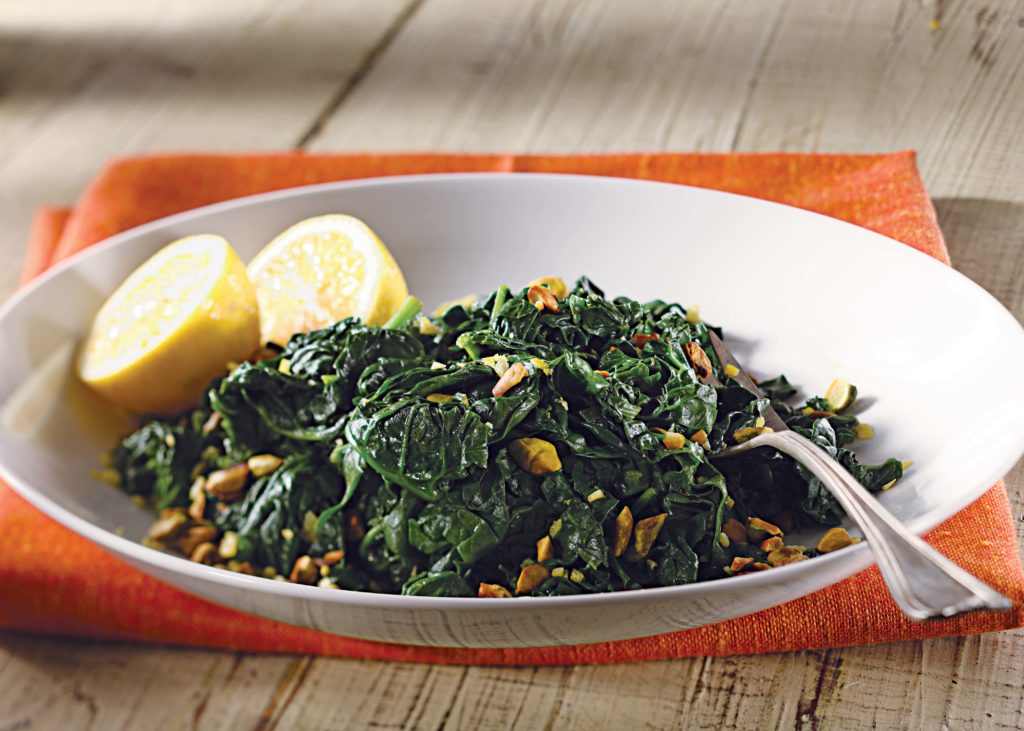
-
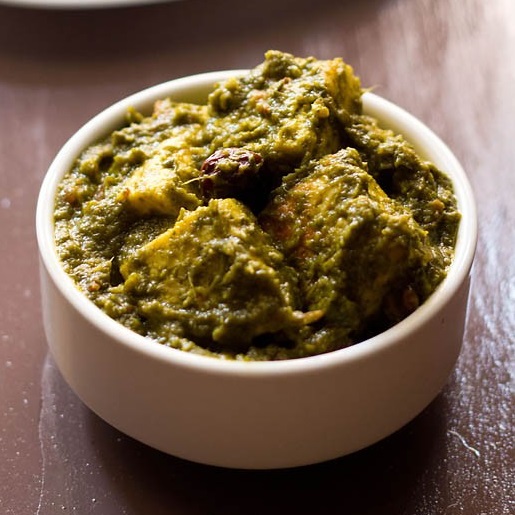
-

-
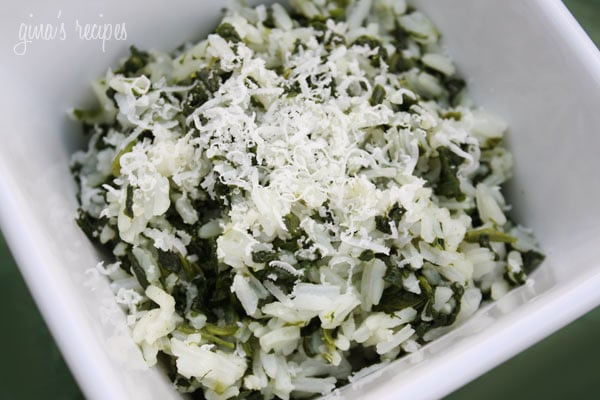
-

-

-

-
:max_bytes(150000):strip_icc()/__opt__aboutcom__coeus__resources__content_migration__simply_recipes__uploads__2009__02__sausage-stuffed-shells-horiz-a-1400-b24a90adc9ce414d9074494ef684c60e.jpg)
-
![Scrambled Eggs With Spinach Recipes Image]()
-
![Spinach Stracciatella Soup with Orzo Image]()
-
![Spinach and Artichoke Dip Pizza Image]()
-
![Spinach Mac and Cheese Recipe Image]()
-
![Quinoa and Spinach Patties Image]()
-
![Palak Rice (Spinach Rice) Image]()
-
![Spanakorizo - Greek Spinach Rice Image]()
-
![Individual Baked Eggs Image]()
-
![Spanakopita: Two Ways Image]()
-
![Spanakopizza Image]()
-
![Spaghetti Squash with Cream Sauce Image]()
-
![Baked Eggs with Spinach Image]()
-
![Spinach and Artichoke Quinoa Bake Image]()
-
![Roasted Butternut Squash Orzo Salad Image]()
-
![Easy Spinach Salad Image]()
-
![Strawberry Spinach Salad with Strawberry Dressing Image]()
-
![Spinach and Feta Hand Pies Plus Friday Faves Image]()
-
![Creamed Spinach Image]()
-
![Orange Scallion Chicken with Spinach and Couscous Image]()
-
![Grilled Salmon with Spinach and Yogurt- Dill Sauce Image]()
-
![Fettuccini with Winter Greens and Poached Egg Image]()
-
![Balsamic Glazed Chicken Image]()
-
![Spinach Asparagus Frittata Image]()
-
![Creamy Chicken Florentine Image]()
-
![Orecchiette with Sausage and Spinach Image]()
-
![Cheesy Sausage Baked Eggs Casserole + Video Image]()
-
![Slow Roasted Tomato and Spinach Polenta Cakes Image]()
-
![Spinach Artichoke Dip Image]()
-
![Creamed Spinach with Lamb and Roasted Garlic Image]()
-
![Easy Creamed Spinach Image]()
-
![Avocado and Feta Kale Salad with Garlic Dijon Vinaigrette Image]()
-
![Chicken Florentine Phyllo Pie Image]()
-
![Spinach and Artichoke Pasta Alfredo Casserole Image]()
-
![Spinach and Artichoke Creamy Penne Pasta Image]()
-
![Taco Casserole Image]()
-
![Homemade Saag Paneer Image]()
-
![Chicken Skillet Pie Image]()
-
![Italian Pasta and Bean Soup Image]()
-
![Macheesmo Lentils Image]()
-
![Spinach Stracciatelle Image]()


:max_bytes(150000):strip_icc()/scrambled-eggs-with-spinach-481680-Hero_04-34505b07385045fabbbcc1941ad0337b.jpg)


:max_bytes(150000):strip_icc()/Simply-Recipes-Creamed-Spinach-Mac-Cheese-LEAD-5-339d0c5610164c5090481c7c1fb67c2e.jpg)

